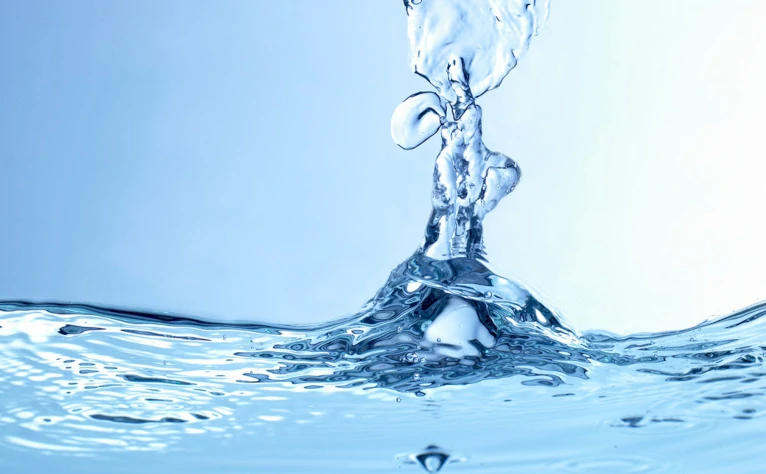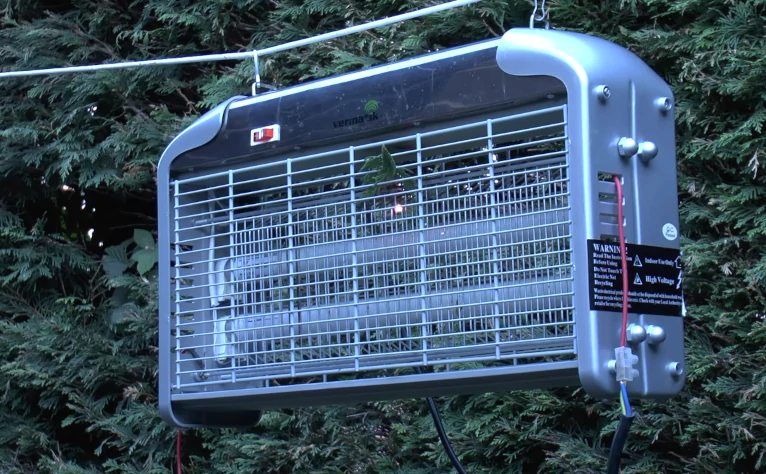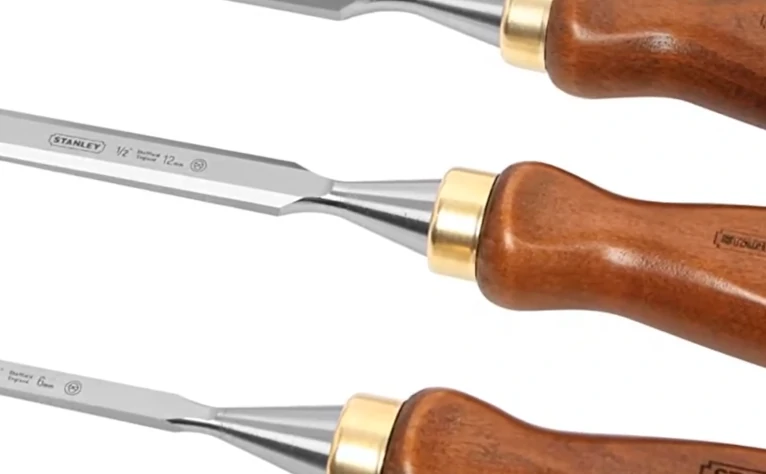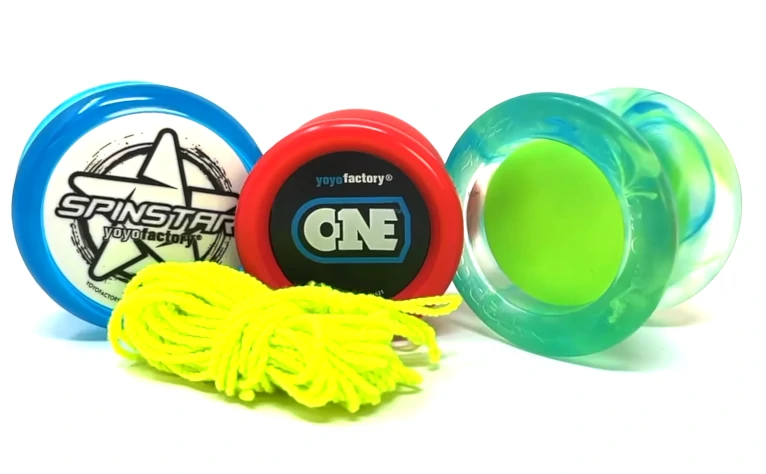Investing The Right Water Softening System

Health has a significant value to everyone because health determines on how you take good care of yourself, and health defines you as a person on how much you value life. Health is also an investment, which should not be taken for granted, and it starts at home and with family. Eating a well-balanced diet and drinking safe water lead to a good conditioning of the body. Water is prone to having contaminants that gradually damage the cells in your body, and in order to feel assured of its safety, a water softener system is the favorable solution to beat the hard water problem. Everyone needs a water softener in his or her household to have ample, soft water supply. Furthermore, when going for an investment, it is important to further ponder about the advantages and disadvantages that are associated when purchasing a softening system. Being aware of the actual application, types, and unique attributes of the softener system is also noteworthy to your part and to your money.
There are manual softeners that operate by opening and closing the valve to recharge or refuel, and to control the frequency, rate and time for back flushing. Semi-automatic softening systems work by having the operator initiate the recharging cycle. Pressing the button indicates that the softener needs to refuel salt, and the unit controls and completes the whole recharging cycle. On the other hand, an automatic softener is tailored with a timer that initiates the charging cycle and the whole process automatically. You only need to set the timer and add salt to the brine when necessary. A softener system with an embedded DIR or Demand Initiated Regeneration is automated to respond to the demand for soft water. It only functions when the water supply is almost scarce. DIR systems usually have two tanks — one is for the recharging process, and the other one is for the softening process, and the other tank is for the recharging process.
The maintenance of water softening units is generally takes place regularly to wash away unidentified solid caused by build-up of too much rock salt in the resin tank. The brine tank also required regular cleaning because this is where you place the supply of salt. If you do the regeneration process often, then there is a need to wash the brine tank. The brine valve must be checked for further build-up of dirt. Excessive iron particles that are removed from the water, are usually left inside the resin tank, and can hinder the efficiency of water softening, that is why resin tanks must be washed often.
When you do research about the suitable softener unit for your household, a water test is suggested to perform first because the result can be a factor in considering a water softener. To determine further the level of hardness in the water, this site provides recommendation on how to test hard water.
Although there are softeners that operate with salt, there are still manufacturers that consider people who do not want salt in their drinking water. Salt-free softening units are purchased mostly by people who think salt in the water supply is not necessary and can cause illness. However, salt has a natural antibacterial action that effectively cleans the water as the regeneration process continues. The choice with softening unit is up to you, if you prefer salt in your daily consumption of water or otherwise.
Good water is rewarding for everyone, and it is best to clear our throats after a long, exhaustive day, since you do not have to worry about its impurities. A water softening unit shuns your worries away by providing you nothing but clean, soft water.





